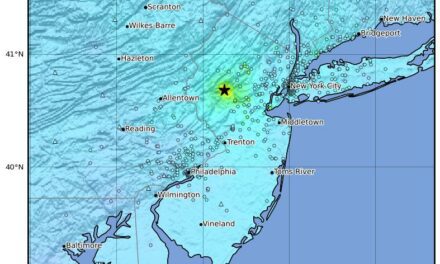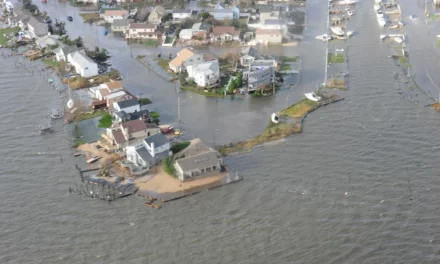Be sure to #GetaFoggyIdea and check out the Hurricane Storm Surge Map for Long Island, thanks to the New York State Emergency Management Office (NYSEMO):
Storm Surge Map for Long Island
The storm surge map correctly highlights the vulnerability of Long Island’s south shore, Fire Island and parts of Staten Island. On Long Island, the low, sloping coastal plain is the most vulnerable to flooding, with the flood plain comprising mostly of the areas south of NYS 27A (Montauk Highway). If you live in these areas, please listen for local evacuation orders and prepare your property and family.
Hurricanes on Long Island are rare, but as Irene showed us last year, it is better to be prepared.
Frankenstorm: The Lessons from Hurricane Irene

Hurricane Irene is long gone, but the effects the storm had on Long Island will reverberate for years to come in planning circles. Irene highlighted the importance as well as the practical, logistical application of emergency planning. For once, a plan was taken off of the shelf and applied in the real world.
Before Irene rumbled up the east coast, local governments used storm surge maps as the basis for the unprecedented evacuation residents in low lying areas in both New York City and across Long Island’s south and north shores. The roads and bridges were closed, and the MTA shut down their mass transit operations. Thanks to Irene, the tri-state area stood still and waited for the worst to come. The worst thankfully never arrived, with Long Island dodging a bullet yet again.
With Irene making landfall as a Tropical Storm, the impacts were not nearly as bad as they could have been. The Long Island Express of 1938 was a strong Category 1 to 2 on the Saffir-Simpson Scale, and that storm’s effects were far reaching:
The immediate effect of this powerful hurricane was to decimate many Long Island communities in terms of human and economic losses, however, the long term effects linger today. The ’38 Hurricane created the Shinnecock Inlet and widened Moriches Inlet which, to this day, are changing the landscape of the south shore due to their influence on the natural littoral sand transport. History has shown that these powerful storms are rare but do in fact occur with long-term frequency[1].
During the peak of the fervor surrounding Irene, it looked like a strong Category 1 was about to strike Long Island.
People will cite elected officials response before the storm as a large overreaction, complaining about the evacuations and interruptions in transit service, but all in all, Irene was a relatively quiet storm event because of the response of policymakers: prepare now, or pay direly later.
Naysayers should keep the following in mind: Despite a weakened Irene battering the coast, the impacts to Long Island are massive. LIPA had roughly 500,000 customers without power, and the power restoration process is still underway. Areas south of Sunrise Highway in Nassau County, an area in which over 200,000 residents live, had up to 6 feet of standing water on their street. In the Town of Brookhaven, the Mastic Peninsula had severe flooding as far as a half a mile inland.
Policymakers made the right call to evacuate, and in the future, these evacuations will become more common. “100 year” storm events are becoming more and more frequent, and residents of both the coastal areas, and local government officials need to be prepared. Policymakers and planners need to study what worked in regards to the execution of the emergency evacuations, and what didn’t in terms of LIPA’s response afterwards. The New York State Storm Surge Map, linked below this article (in PDF form), should be made easily accessible to all residents of New York City and Long Island.
When planning, one must look at the successes of the past, and integrate them with the advancements of the future. Long Island will have a large scale Hurricane hit its shores, but thanks to sound planning and policymaking, Long Island should be prepared.
[1] The Long Island Express, the Great Hurricane of 1938, Scott Madia, Professor of Physical Sciences at SUNY Suffolk http://www2.sunysuffolk.edu/mandias/38hurricane/












